
Subaru BRZ Coupe (2012-2021) engines, drive and performance
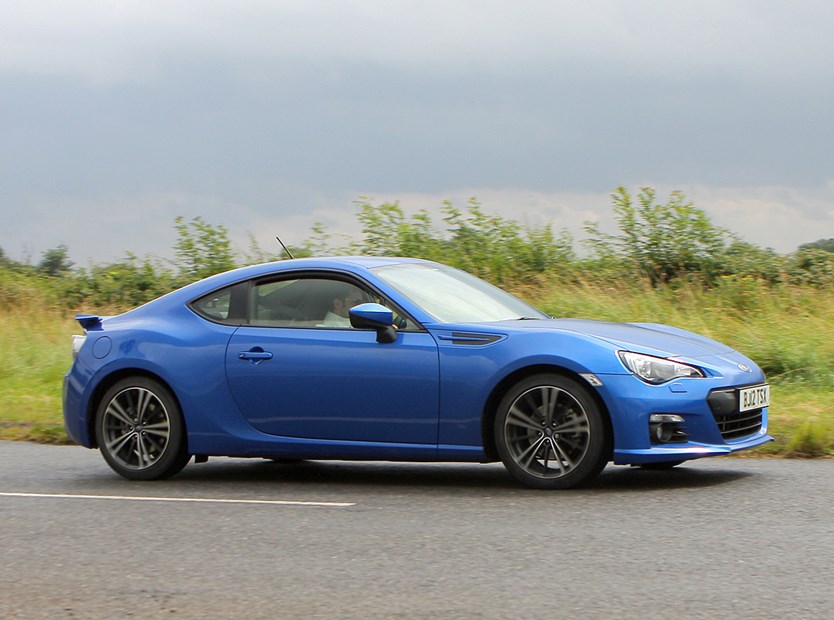
- Only one engine to choose from, a 2.0-litre petrol
- A bit gruff and not hugely powerful but smooth and linear
- Being out-muscled up by diesel VW Golfs gets boring though
Your options are somewhat limited in terms of engine choice, but that doesn’t mean the Subaru BRZ isn’t fun. There’s just one motor available – a 2.0-litre, four-cylinder petrol-burning unit with horizontally opposed cylinders.
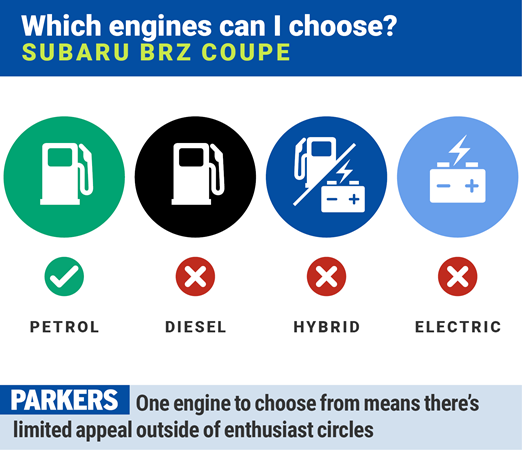
What the latter aspect means is that the engine is flat, so can be mounted nice and low in the chassis and thus helping handling. Plus in theory the engine should be quiet and smooth, although we found it a little gruff.
So it’s not the most sonorous or exciting engine but it certainly gets the job done – it’s naturally aspirated, which means it spreads its power across a wide rev range rather than a big turbocharged lump in the middle.

Unfortunately that also means it’s quite slow in comparison with a modern hot hatch or even a diesel-powered VW Golf. Still, straight line speed is not really what the BRZ is for.
Two gearbox choices
There’s a choice of a simply excellent six-speed manual gearbox or an almost-as-impressive six-speed automatic. The former enables a sprint to 62mph in 7.6 seconds with a top speed of 140mph, while the latter hits 62mph from standstill in 8.2 seconds with a top speed of 130mph.
A conventional auto ‘box rather than modern twin-clutch arrangement means you get rapid gear changes, and it also blips the throttle on the down-shift.
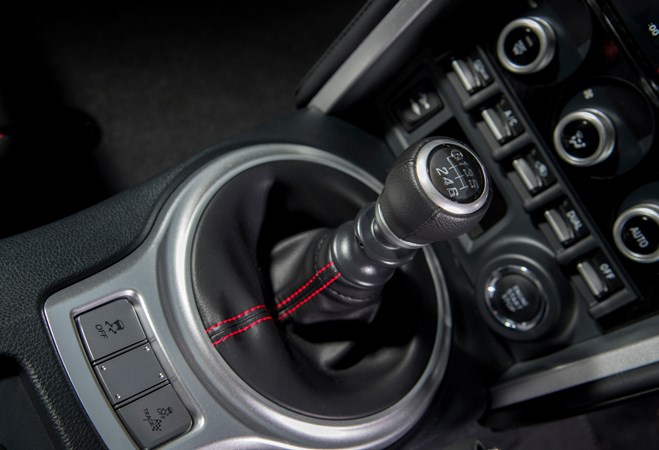
The engine is responsive, although for maximum effect you’ll need to wring it out mercilessly to 7,000rpm – where peak power of 200hp is produced. The torque figure is 205Nm, again available high up in the revs between 6,400rpm and 6,600rpm.
There’s no immediate power like in a turbocharged petrol or diesel engine, so while the BRZ is linear and predictable in its delivery, it doesn’t feel that fast.
- Simple but sophisticated chassis
- All the ingredients for a good time
- A handling revelation at this price
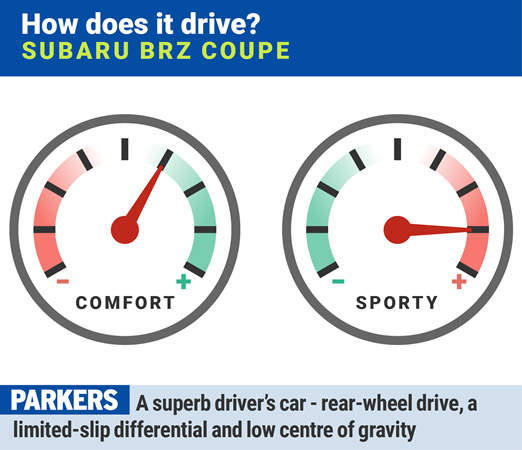
The BRZ handles fantastically. Thanks to the fact that the engine and front seats are mounted low in the chassis, it has a very low centre of gravity and near 50:50 weight distribution.
This aids handling in a big way, making the car eager to change direction, and adds to the linear, predictable way the front and rear tyres react when you turn the steering wheel.
The ‘wheel itself is a nice size, too. There’s a fair bit of feedback through it, with the nicely weighted steering set-up communicating the front wheel’s movements accurately.
Sophisticated suspension set up
The BRZ has fully independent suspension at both ends of the car, aiding traction and body control. A standard-fit limited-slip differential also does its part by ensuring the engine’s output is fed to whichever of the rear wheels has most traction.

The Subaru Vehicle Dynamics Control system does a great job of making sure you can have some fun without ending up backwards in a hedge, or you can switch off all of the driver aids for some true tail-out antics. This might be an activity best kept to the race track, though.
A facelift in 2017 brought redesigned dampers aimed at reducing bodyroll and improving comfort, plus more powerful brakes to help bring everything back under control.


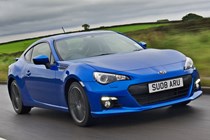
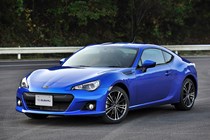
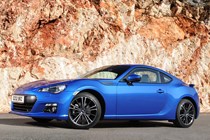
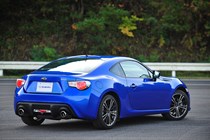

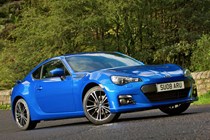
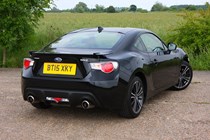
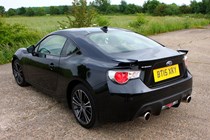

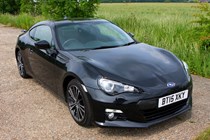
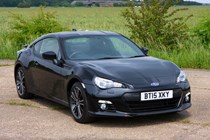
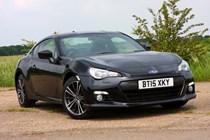

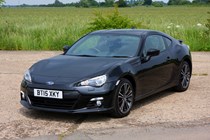
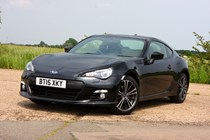
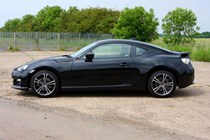
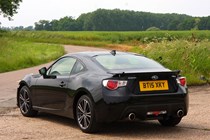
.jpg)
.jpg)
.jpg)
.jpg)
.jpg)
.jpg)
.jpg)

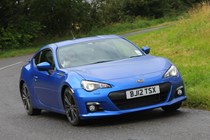
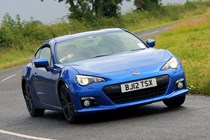


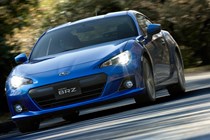

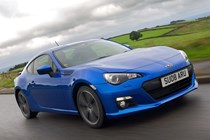
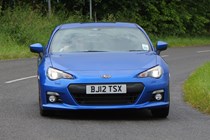

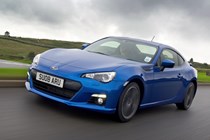
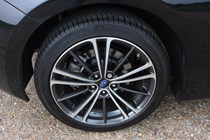
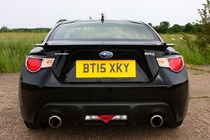
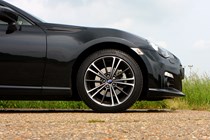
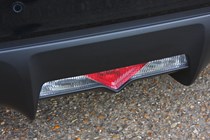
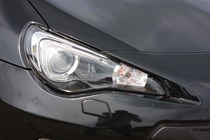
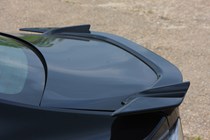
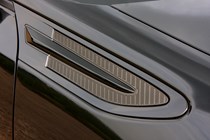
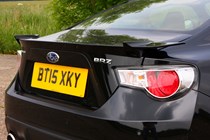
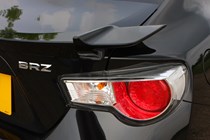
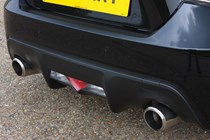
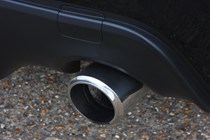
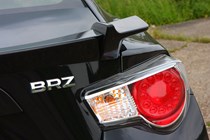
.jpg)
.jpg)
.jpg)
.jpg)
.jpg)
.jpg)
.jpg)
.jpg)
.jpg)
.jpg)
.jpg)
.jpg)
.jpg)
.jpg)
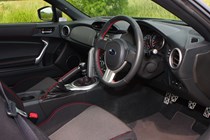
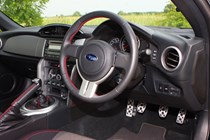
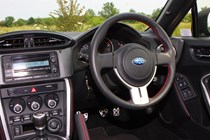
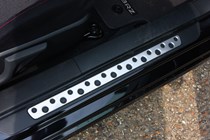
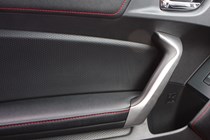
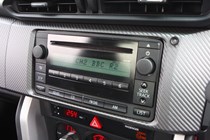
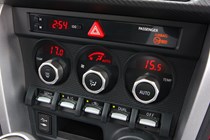
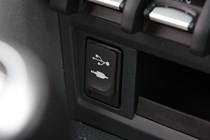
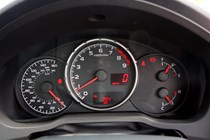
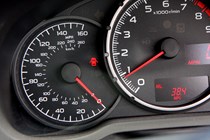
.jpg)
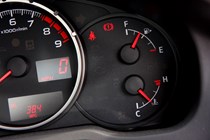
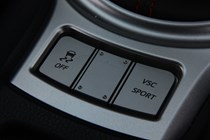
.jpg)
.jpg)
.jpg)
.jpg)
.jpg)
.jpg)
.jpg)
.jpg)
.jpg)
.jpg)
.jpg)
.jpg)
.jpg)
.jpg)
.jpg)

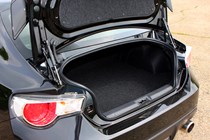
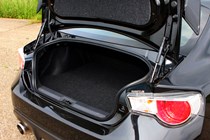
.jpg)
.jpg)
.jpg)
.jpg)
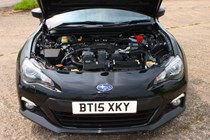
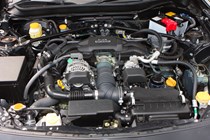
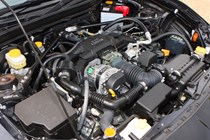
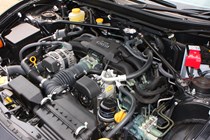
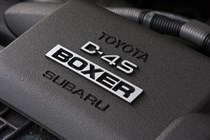
.jpg)
.jpg)
.jpg)
.jpg)

















.jpg?quality=50)
.jpg?quality=50)
.jpg?quality=50)
.jpg?quality=50)
.jpg?quality=50)
.jpg?quality=50)
.jpg?quality=50)























.jpg?quality=50)
.jpg?quality=50)
.jpg?quality=50)
.jpg?quality=50)
.jpg?quality=50)
.jpg?quality=50)
.jpg?quality=50)
.jpg?quality=50)
.jpg?quality=50)
.jpg?quality=50)
.jpg?quality=50)
.jpg?quality=50)
.jpg?quality=50)
.jpg?quality=50)










.jpg?quality=50)


.jpg?quality=50)
.jpg?quality=50)
.jpg?quality=50)
.jpg?quality=50)
.jpg?quality=50)
.jpg?quality=50)
.jpg?quality=50)
.jpg?quality=50)
.jpg?quality=50)
.jpg?quality=50)
.jpg?quality=50)
.jpg?quality=50)
.jpg?quality=50)
.jpg?quality=50)
.jpg?quality=50)



.jpg?quality=50)
.jpg?quality=50)
.jpg?quality=50)
.jpg?quality=50)





.jpg?quality=50)
.jpg?quality=50)
.jpg?quality=50)
.jpg?quality=50)